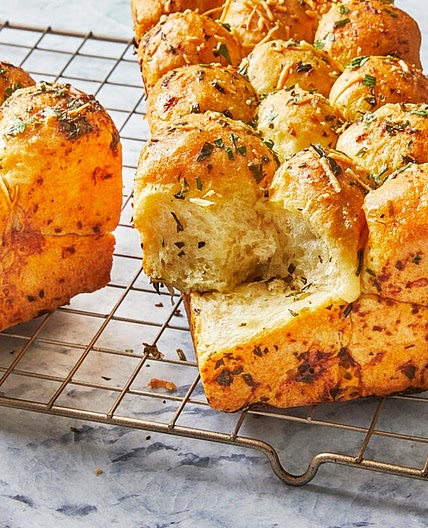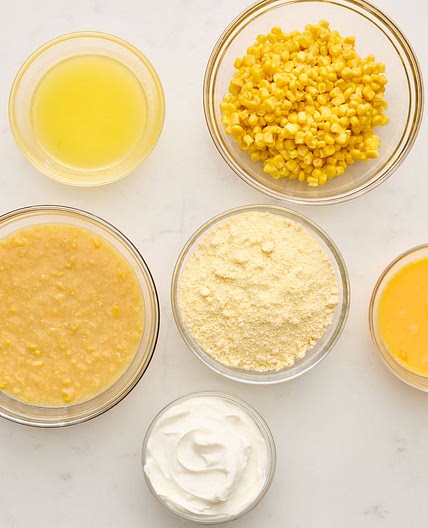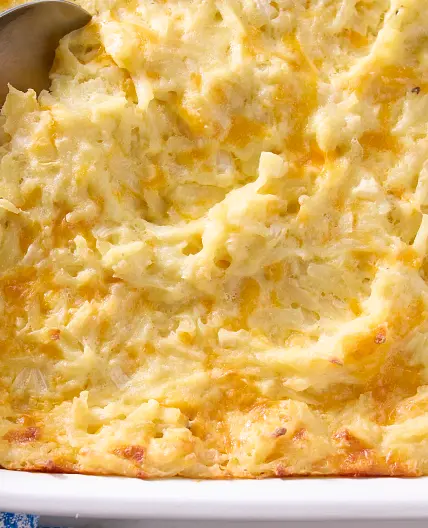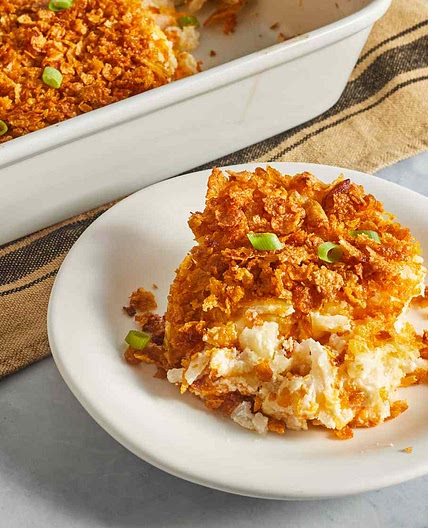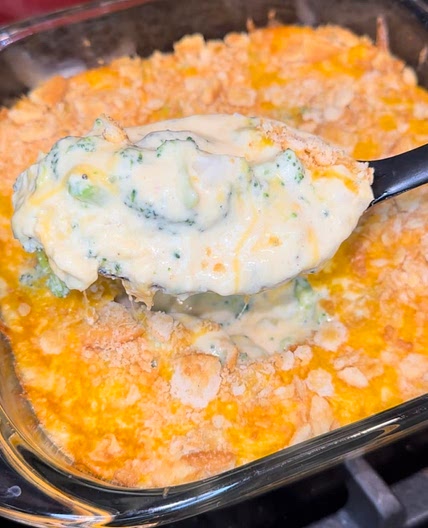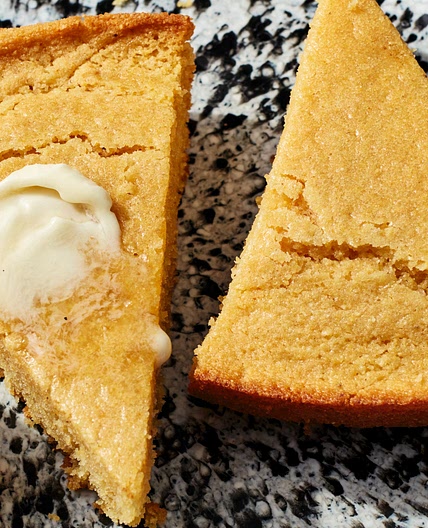
1/29
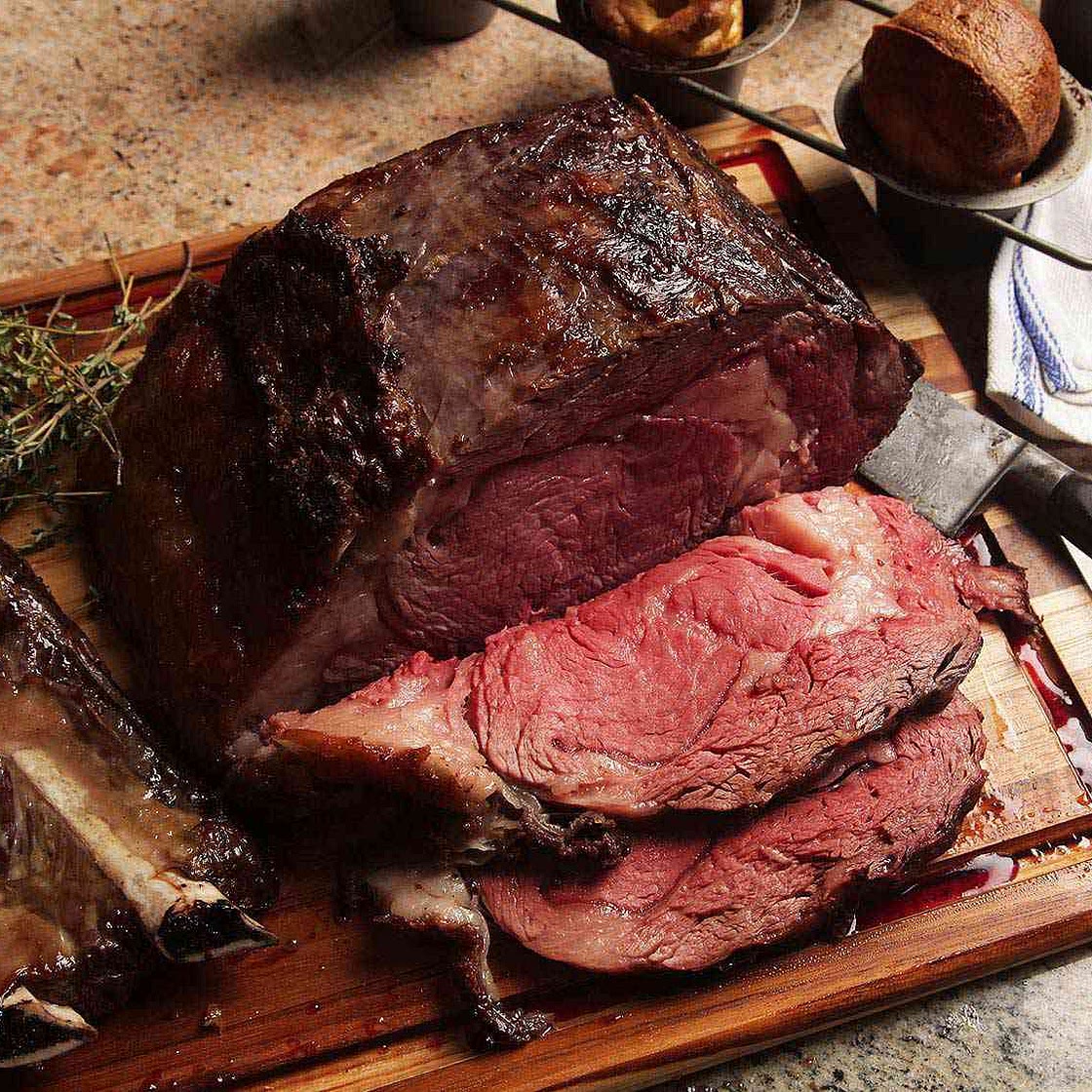
2/29

3/29

4/29

5/29

6/29

7/29

8/29

9/29

10/29

11/29

12/29

13/29

14/29

15/29

16/29

17/29

18/29

19/29

20/29

21/29

22/29

23/29

24/29

25/29

26/29

27/29

28/29

29/29
100%
0
By Angela Warwick
13 Rules For Perfect Prime Rib | The Food Lab
Updated at: Thu, 17 Aug 2023 10:36:17 GMT
Nutrition balance score
Uh-oh! We're unable to calculate nutrition for this recipe because some ingredients aren't recognized.
Ingredients
0 servings
No ingredients yet
Instructions
Step 1
See two paragraphs above
Step 2
Rule #4 Dry-aged is better than wet-aged.
Step 3
For best results, salt your prime rib on all surfaces with kosher salt at least 45 minutes before you start cooking it, and preferably the day before, leaving it in the fridge uncovered overnight. Initially, the salt will draw out some moisture and end up dissolving in it. Over time, this salty liquid will dissolve some meat proteins (mainly myosin), loosening its structure, and allowing the salty juices to be re-absorbed into the meat. Your meat ends up better seasoned with less salty run-off.
Step 4
The higher the temeprature you cook your meat at, the greater the temperature gradient within your meat will be, meaning by the time the center of your meat is a perfect medium-rare, the outer layers will be overcooked. You end up with a rosy red center, but dry, gray outer layers. Roasting at very low temperatures (around 200°F) will prevent this from happening.
Step 5
Rule #11 Use a Thermometer!
Step 6
Timing is at best a loose guide to when your meat will be ready. It can't take into account variables like oven cycles, fat content, convection patterns, or nosy relatives poking their face in the oven every few minutes. A thermometer is the only way to guarantee perfectly cooked meat, and a good instant read thermometer is the best one for the job. Aim for 115 to 120°F for medium rare (125 to 130°F after resting), or 125 to 130°F for medium (135 to 140°F after resting). And remember, a roast will continue to rise by 5 to 10°F as it rests (see rule #13 below), so make sure to pull it out early to account for that!
Step 7
Rule #12 Use an Instant Read Thermometer, not a Leave-in Thermometer.
Step 8
Leave-in thermometers offer convenience, but they're inaccurate. The problem is that they're made of metal, which ends up conducting heat into the meat in the region around the thermometer. This leads to falsely high readings. In my testing, I found that a leave-in thermometer will register about 5 degrees higher then an instant-read thermometer inserted into a similar part of the roast. Moral you can use the leave-in as a general guide and an early alarm, but make sure to double-check with your instant-read.
Notes
1 liked
0 disliked
Delicious
Easy
Go-to
There are no notes yet. Be the first to share your experience!

